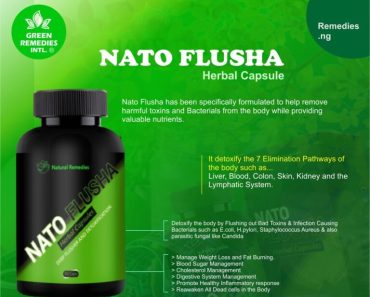Mango, the succulent tropical fruit cherished by millions worldwide, has found its way into countless desserts, snacks, and savory dishes. While the tantalizing flesh of the mango is celebrated for its sweetness and juiciness, the question of whether to consume its peel remains a point of curiosity for many. The mango peel is indeed edible, but it comes with certain side effects that warrant consideration before you take a bite.CONTINUE FULL READING>>>>
1. Allergic Reactions.
One of the foremost concerns associated with eating mango peel is the risk of allergic reactions. Mango peel contains urushiol, the same compound found in poison ivy and poison oak. Individuals sensitive to urushiol may experience itching, redness, and swelling in the mouth, throat, and lips after consuming the mango peel.
2. Gastrointestinal Problems.
Digestive issues can also arise from consuming mango peel. The high fiber content in the peel can be challenging for some individuals to digest, leading to nausea, vomiting, and diarrhea. Additionally, there’s the possibility that the peel may contain pesticides and other chemicals, which can further disrupt the digestive system.
3. Nutrient Deficiencies.
While mango peel does provide a significant amount of fiber, it lacks the nutrient density found in the fruit’s flesh. Overindulging in mango peel may potentially lead to nutrient deficiencies, particularly in vitamins A and C, as the peel contains lower quantities of these essential vitamins compared to the fruit’s flesh.
4. Dental Problems.
Another issue associated with consuming mango peel is the potential for dental problems. The peel contains sugars and acids that can erode tooth enamel, increasing the risk of tooth decay and gum disease. It’s essential to be mindful of the impact on oral health when considering eating the peel.
5. Increased Risk of Pesticide Exposure.
Mango peel may also harbor pesticide residues, posing a potential health risk. Pesticides are commonly used to protect mangoes from insects and pests, and traces of these chemicals can linger on the peel even after thorough washing. Consumption of the peel may inadvertently heighten your exposure to these harmful substances.
While mango peel is technically safe to eat, it’s crucial to weigh the potential side effects against the desire to incorporate it into your diet. If you decide to include mango peel in your culinary endeavors, here are some guidelines to consider:
Thorough Washing.
Before consuming mango peel, ensure that you wash it meticulously to eliminate any pesticide residues or contaminants. Peeling the mango is another option to minimize exposure to these potential risks.
Moderation.
As with many things in life, moderation is key. If you choose to consume mango peel, do so sparingly to reduce the risk of adverse effects.
Monitor Your Body’s Response.
Pay close attention to how your body reacts after consuming mango peel. Should you experience any allergic reactions, gastrointestinal discomfort, or other adverse effects, discontinue consumption and consult with a medical professional.
While mango peel can be consumed, it’s essential to be aware of the potential side effects it may entail. Proceed with caution, prioritize thorough washing, consume in moderation, and listen to your body’s signals. If in doubt or if you encounter adverse reactions, it’s always advisable to seek medical guidance. By making informed choices, you can savor the deliciousness of mango while minimizing potential risks.CONTINUE FULL READING>>>>



